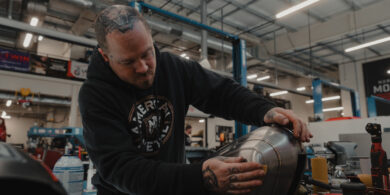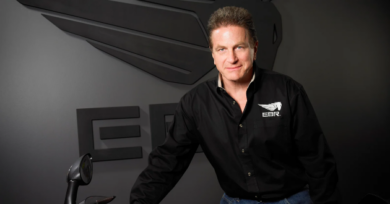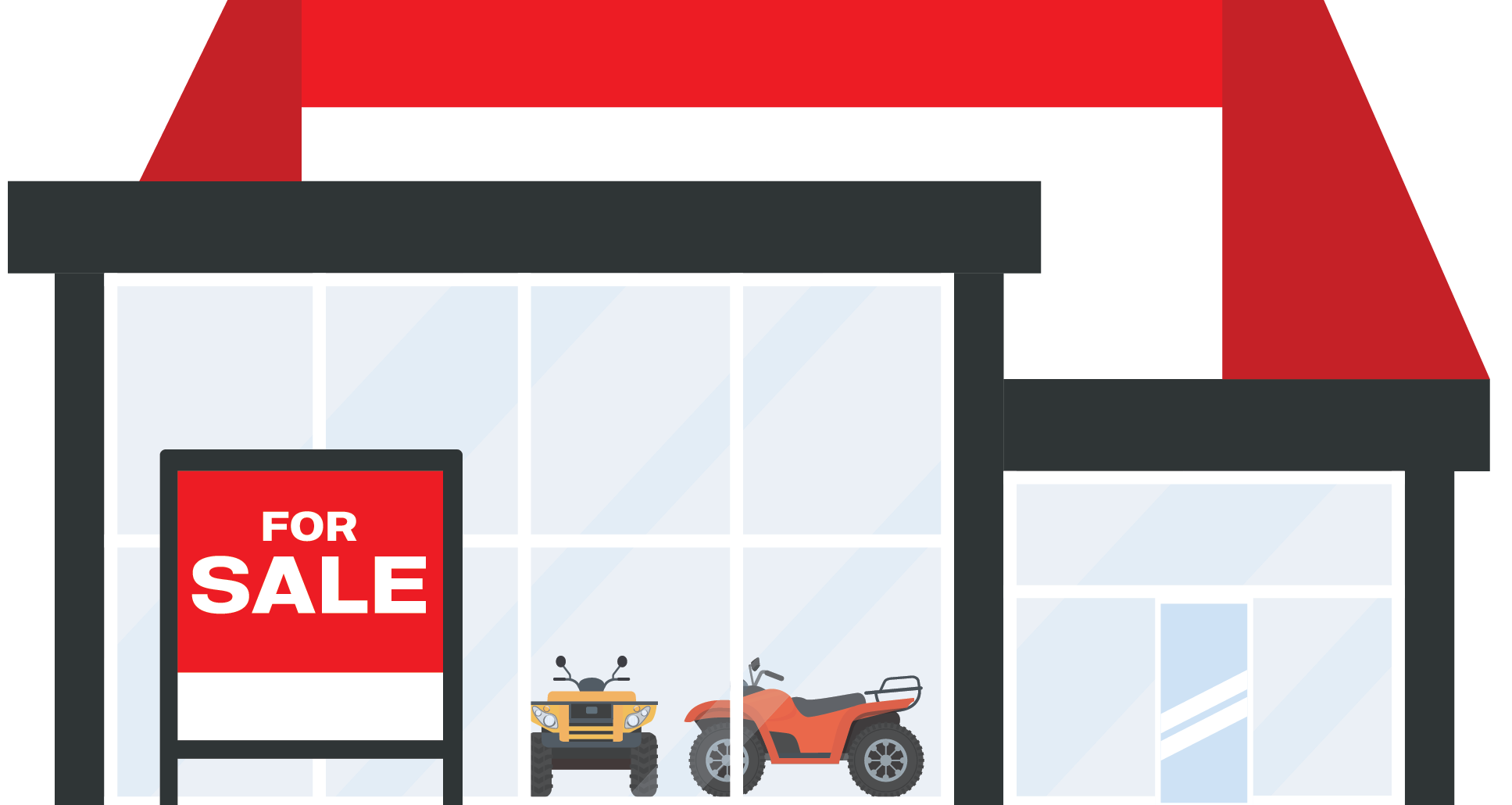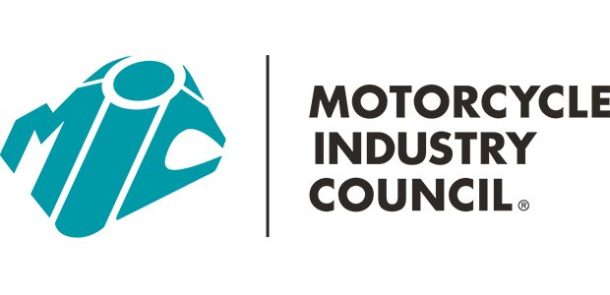Women Account for 4.3 Million Cyclists
“Women are often key decision makers in the family and their greater acceptance of motorcycling over the past decade means more riders and also more next-generation motorcyclists,” says Ty van Hooydonk, director of product communications for Discover today’s Motorcycling, the communications bureau of the MIC.
More women entering the sport has a trickle-down effect. Women who’ve come to accept motorcycling either through their own passion for the activity, or through positive messages in the media, are more likely to grant their blessing to those family members-husband, son, and daughter-who are interested in riding. “There’s more general awareness of women riding motorcycles because more women are, in fact, riding motorcycles and because mainstream media and the motorcycle industry want to present that important story,” says van Hooydonk.
While 10% is a relatively small piece of the motorcycle ownership pie, one has to be cognizant of the power that 10 percent holds.
First, when women are passionate about something they usually share that passion with their friends. Denese Fisher, a 49-year-old mother of four from Livingston, Mt., had never thought about moving to the front seat of a motorcycle after being a passenger on the back of her husband’s Honda Magna 750 for two years.
Her mind was changed the day a motorcycle-riding friend invited her to a women’s bike night at their local Harley-Davidson dealership. “I saw a lot of other women riders there. I really didn’t think I wanted to ride my own bike until I saw these women doing it. I was invited to sit on a V-Rod with an MSF instructor using me to demonstrate what goes on during a training class. Once I sat in the driver’s seat of that bike, there was no turning back for me after that. I knew this was a sport I was going to love.”
Fisher’s story illustrates how many women are introduced to the front seat of a bike. It’s called the copycat effect. Women are very powerful influencers among each other.
Femmoto, a women-only track day hosted by Sportbike Track Time owners Bonnie Strawser and Monte Lutz and held each year in the Las Vegas area, has doubled in attendance in the three years the event has been held. “It’s growing through word of mouth,” explains Strawser. Women get on the chat boards and tell their friends. It’s growing from the excitement from the women who have attended.”
The second powerful factor that 10% of the pie can boast is loyalty. “Women are profitable customers because of a higher loyalty factor,” explains Marcia Kull, a marketing consultant to the powersports industry and owner of SheGoes, Inc. Kull says loyalty stems from two different attributes: Analysis and loyalty.
“A woman typically will put more research into the first purchase decision she makes. In many cases, she will pre-qualify not only the product, but also the seller.”
Kull says the auto industry has discovered that women will typically take two weeks longer than men to reach a decision regarding a new vehicle purchase. But the delay has an important side benefit. “She will later amortize that time investment by staying loyal. Unless you have given her a good reason to take her business elsewhere, her second purchase decision will not include the same background check.”
Victoria West, a long-time Harley-Davidson rider made all three of her Harley motorcycle purchases, (trading in her current bike and moving up to a bigger bike each time) from the same dealer, even though there were three other Harley dealers in the area of Los Angeles where she used to live. “I was treated with respect the very first time I walked into this one dealership. There seemed to be a concerted effort to make a connection with me. That dealership subsequently became my “local” dealer even though I lived within a reasonable distance of all four. I bought all my accessories there. The sales manager, the parts counter guys-they all became my friends.”
Kull says, “A woman comes in to buy a motorcycle from a person. A good relationship with your staff will enhance her loyalty and make her less likely to defect. Conversely, a bad experience with your staff will more likely cause her, but not him, to walk out the door without a motorcycle.”
With the powers of 1) the copycat effect and 2) loyalty behind it, theoretically speaking, one could almost double that 10 percent figure that’s attached to the women rider population. That 10 percent is very influential. There’s power in influence. It’s smart marketing not to ignore it.
GOING ONE STEP FURTHER
Jen LeVan, co-owner of Battlefield Harley-Davidson/Buell in Gettysburg, Pa., not only markets to women through her twice-annual Girls’ Night Out events and annual women’s Mid-Atlantic Motorcycle Rally, but targets families as well as a way to attract female customers.
“We have events like Easter egg hunts, visits with Santa, that kind of stuff that draws families that ride and families that don’t,” says LeVan. “If you market to families you’ll bring in the women. Tell the guy his wife is invited.”
LeVan says the payoff in the short term for this kind of marketing is a great day in sales. However, the long-term payoff is much more sustainable. “It’s all about building relationships,” she says.
Now is the time to rethink old marketing strategies and begin to look at the future of motorcycling. “The more you do the same-old same-old, the more you are alienating women,” advises Kull. The old marketing plans don’t hit the hot buttons anymore.”




